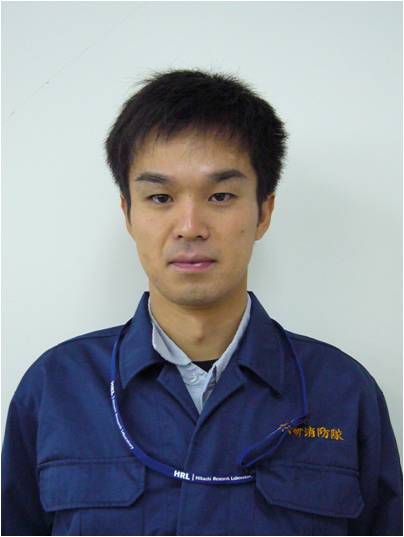Program Information
Development of Depth Dose Measurement Technique Using the Multilayer Ionization Chamber for Spot Scanning Method
T Takayanagi1*, S Fujitaka1 , M Umezawa1 , Y Ito2 , C Nakashima2 , K Matsuda2 , (1) Hitachi, Ltd., Hitachi Research Laboratory, Hitachi-shi, Ibaraki-ken, (2) Hitachi, Ltd., Hitachi Works, Hitachi-shi, Ibaraki-ken
Presentations
SU-E-T-561 Sunday 3:00PM - 6:00PM Room: Exhibit HallPurpose:To develop a measurement technique which suppresses the difference between profiles obtained with a multilayer ionization chamber (MLIC) and with a water phantom.
Methods:The developed technique multiplies the raw MLIC data by a correction factor that depends on the initial beam range and water equivalent depth. The correction factor is derived based on a Bragg curve calculation formula considering range straggling and fluence loss caused by nuclear reactions. Furthermore, the correction factor is adjusted based on several integrated depth doses measured with a water phantom and the MLIC. The measured depth dose profiles along the central axis of the proton field with a nominal field size of 10 by 10 cm were compared between the MLIC using the new technique and the water phantom. The spread out Bragg peak was 20 cm for fields with a range of 30.6 cm and 6.9 cm. Raw MLIC data were obtained with each energy layer, and integrated after multiplying by the correction factor. The measurements were performed by a spot scanning nozzle at Nagoya Proton Therapy Center, Japan.
Results:The profile measured with the MLIC using the new technique is consistent with that of the water phantom. Moreover, 97% of the points passed the 1% dose /1mm distance agreement criterion of the gamma index.
Conclusion:We have demonstrated that the new technique suppresses the difference between profiles obtained with the MLIC and with the water phantom. It was concluded that this technique is useful for depth dose measurement in proton spot scanning method.
Contact Email:


